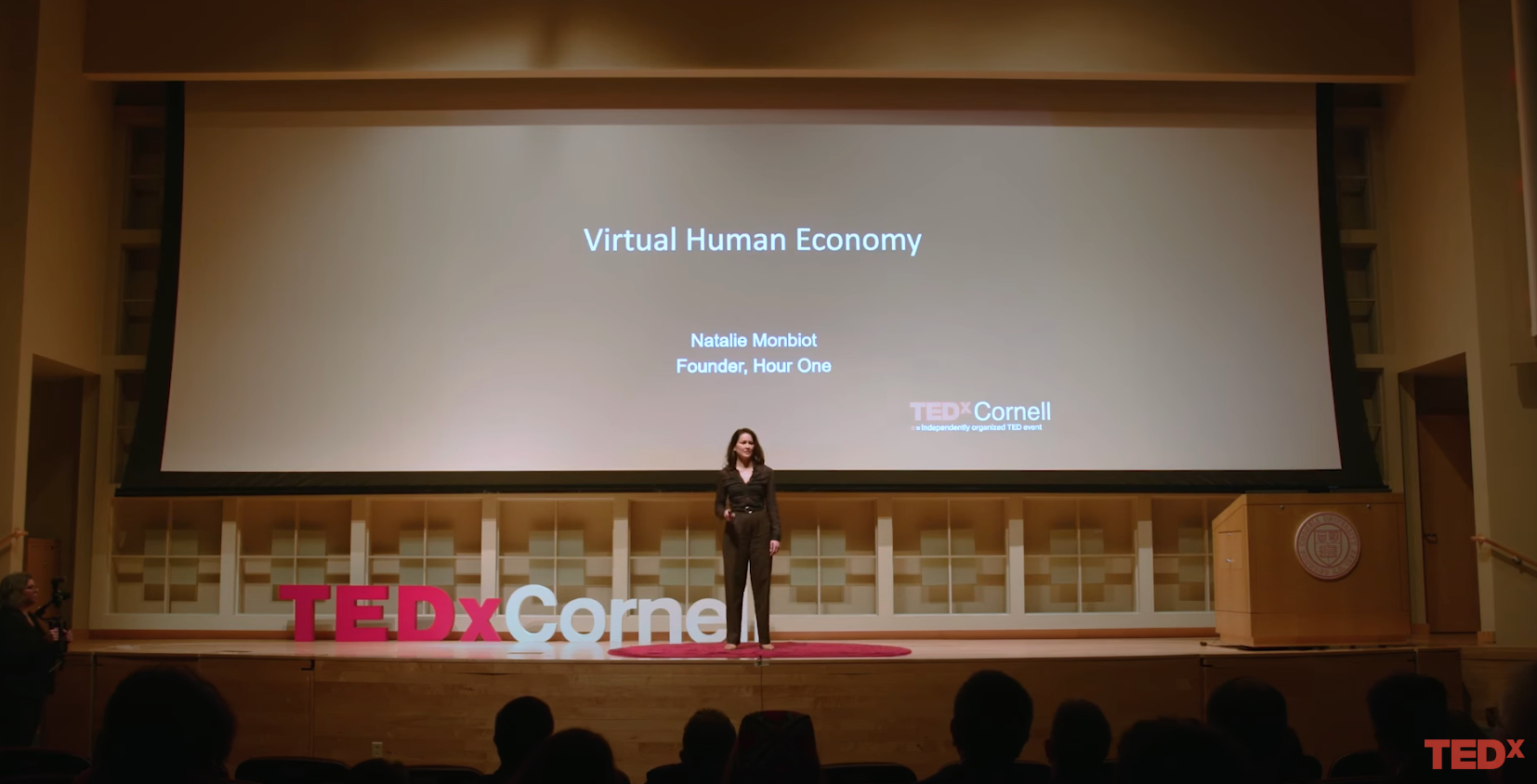Great content deserves a long and exciting life. When you write an article that engages your audience and delivers conversions, you don’t want it to disappear into your archives and hope your next piece of content is just as compelling. The smart thing is to repurpose that content, so new audiences can keep discovering it.
Repurposing, however, is more than just repetition. One of the best ways to repurpose content is to repackage it in a different format that has a better chance of reaching audiences that missed it the first time. In practical terms, this often means turning text content into video content.
You can get many ideas across with text, but there will always be customers who just aren’t into reading it but would watch a video. The average person watches more than 18 hours of online video per week. If you want to connect with leads who aren’t giving your written content the time of day, video is the best way to do it.
Turning an article into a video may seem daunting, but it doesn’t have to be. With the right text-to-video solution, you can effortlessly generate scripts, storyboards, and even complete video productions out of a simple text file. This post will cover four easy ways to turn text to video, repurposing your best blog content into engaging and converting videos.
What is text-to-video?
Text-to-video refers to any process designed to transform text content into video content. The term is typically used in reference to software solutions, but there are text-to-video conversion options for every price point and technological level. You can hire a professional writer to painstakingly adapt your text into a script, or you can use automated tools to get it done.
Why converting text to video is a good idea?
Text has a lot going for it—it’s inexpensive to produce, it doesn’t take up much bandwidth, and you can consume it at your own pace. But on today’s internet, most people would rather watch a video than read an article. When surveyed about how they would prefer to learn about a product or service, 69% of consumers said they’d want to watch a short video, compared to 18% who would rather read an article or blog post. Keeping a great piece of content limited to text-only means missing out on all of the conversions it could generate if you repurposed it in other formats.
Repurposing maximizes the value of your content creation investments. When you find that a piece of content is performing well, it makes sense to ensure that you get that content in front of as broad an audience as possible. At the same time, you don’t want to run it into the ground by republishing it unchanged across multiple similar channels. Reworking text into video format expands its reach without diluting its impact.
The Benefits of Video Content Over Text
We’ve already discussed how audiences will tell you outright that they prefer video to text. One compelling reason is that video engages more of our senses than text alone, giving us sound as well as moving images. This gives us more inputs for receiving information and a more memorable experience to help us retain it.
If you want to understand the power of video, ask any marketer. Video content is more than 1200% more likely to get shared across social media than text-only posts, and marketing campaigns that use video have conversion rates 34% higher than campaigns that don’t. It’s clear that the best thing you can do with high-performing text content is run it through a text-to-video process.
4 Ways to Convert Text into Video
1. Do it yourself, manually
One solution available to every business is to do it yourself, the old-fashioned way: adapt the text content into a video by hand. This way is potentially the least expensive option. However, if you don’t have experience with video production, it can be difficult and time-consuming to create a polished-looking final product. That said, simple slideshow and voiceover videos are better than no video content at all.
Pros: You don’t have to spend any money using this method, allowing you complete control over every detail of the adaptation.
Cons: The money you save might be offset by the time spent on the project, especially if you’re aiming for a professional-quality video.
Verdict: If you’re on a tight budget, the do-it-yourself ethos might be the fastest way to get into the video content game.
2. Hire a freelance contractor to do it for you
If you have the budget but not the time, you can hire freelancers to adapt your content and produce your videos. Freelance contractors can vary greatly in terms of their cost, experience level, and output quality. Finding one who fits all of your criteria isn’t always easy. But the results can be quite impressive when you establish a good working relationship with a contractor who understands your business and your audience. Sites like “Upwork” and “Freelancer” are good places to start looking for contractors who can handle text-to-video projects.
Pros: If you’re lucky, you can find a contractor who delivers consistent, high-quality work at a price you can afford.
Cons: Good freelancers can be expensive and don’t always stick around.
Verdict: When you’ve got the money for it, you can hire top talent to adapt and produce your video content. However, finding the right freelance contractors can be a hit-or-miss proposition for most businesses.
3. Use a tool to convert text to a slideshow video
There are many software solutions out there that can automate the text-to-slideshow process, such as “Typito” and “Viomatic”. Many of them are affordably priced or even free. These tools turn text into slideshow-type videos with music, voiceover, animations, and other engaging elements. Usually, you can pay a premium to access more extensive content libraries, which gives you greater customization options for your video.
Pros: There’s a tool for every budget. They can repurpose content very quickly.
Cons: When it comes to tools like these, you often get what you pay for. Free options will often include limited audio and graphical options, making your video look bland and unprofessional.
Verdict: Basic conversion tools are one of the fastest options, which is good if you have a large backlog of content to repurpose, but the videos they create aren’t always the most engaging.
4. Use a powerful AI Video Generator
Using artificial intelligence technology, next-generation solutions like Hour One can turn text content into presenter-led videos that feature lifelike, photorealistic virtual presenters. This method is just as fast and scalable as the automated tools that create slideshow videos. However, it allows you to employ a more engaging video format that can connect with audiences on a person-to-person level and in multiple languages. All you have to do is provide the raw text material, and the software will turn it into a script and generate a video featuring a virtual human presenter of your choice.
Pros: You don’t need a studio or any video production skills to create high-quality presenter-led videos with an AI video generator. Virtual presenters are more interesting and engaging to audiences than slideshows.
Cons: These solutions tend to be optimized around a specific format. However, they are so easy-to-use, customizable, scalable, and affordable that they have very little negatives
Verdict: If you want your audience to feel a personal connection when they watch your videos, but you’d rather not go to the expense of renting a studio and hiring actors, AI video generators are a powerful solution. They give you both the speed and scalability of other automated tools while improving the video output quality significantly.
Great Text is Even Better as Video
Video content is what most audiences want to see, and the video format has an excellent track record when it comes to bringing in traffic, engagement, and conversions. Blogs and articles can be a good proving ground for content topics, but when you find one that resonates, you want to publish it in video form for maximum impact.
AI video generators like Hour One provide a simple, cost-effective way to turn text into compelling video content. The powerful, easy-to-use technology works great for sales and marketing, instructional videos, employee training, and any other content that might benefit from a high-quality video production delivered by an engaging, realistic virtual presenter. Try it out and see how far this technology has come.














